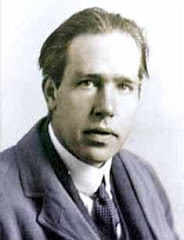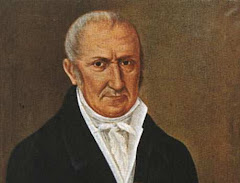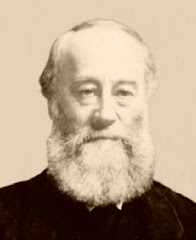Wednesday, December 26, 2007
Tuesday, December 25, 2007
Different kinds of sounds




Frequency of vibration and pitch:
Large objects, like one of the strings of a double bass, vibrate slowly when plucked. Its frequency of vibration is low and only a small number of sound waves are produced each second. The note produced by the string will have a low pitch.
It is possible for you to see a picture that represents these waves using a piece of apparatus called a cathode ray oscilloscope (CRO).
Small objects, like a violin string, vibrate more quickly when plucked. Its frequency of vibration is higher so more sound waves are produced each second. The note produced by this string will have a higher pitch.
The frequency of an object or wave is the number of complete vibrations it performs each second. It is measured in hertz (Hz) where 1 Hz is one vibration per second.
Musical instruments:
Like all musical instruments, the double bass and the violin can produce notes with a wide range of frequencies and pitch. The changes in frequency produced by the vibrating strings are achieved by altering.
• The length of the string by changing the positions of the fingers on the frets board. The longer the vibrating string, the lower the pitch of the note produced.
• The thickness of the string. The thicker the string, the lower the pitch of the note produced.
• The tension of the string. The greater the tension, the higher the pitch of the note produced by the string.
Changes in the frequencies of the notes produced by wind instruments are achieved by altering the lengths of vibrating air columns.
SOUND





We live in a world filled with a great variety of sounds. We communicate with each other using sounds. Sometimes we like to relax to the playing of music. At other times, we become irritated because of excessive noise. Like light, sounds travel in the form of waves.
Producing sounds:
All sounds are produced by objects that are vibrating. These sounds travel outwards from the source as sound waves.
For example:
The skin on a drum vibrates to produce the sound of the drum beat.
When the clanger hits the inside of a bell, the vibrations are heard as a ringing sound.
The buzzing sound you hear from a bee is created by the vibration of its wings.
In a loudspeaker, electrical energy is changed into vibrations which we hear as sounds or music.
Creating and hearing sound waves:
Sound waves travel from vibrating objects to our ears by means of sound waves. Figure 1 show how a sound wave is created in air.
As the object vibrates to the right, it pushes the air particles close together, creating a compression. As the object vibrates to the left, a region of more spread out particles is created. This is called a rarefaction. When the object has vibrated several times, a series of compressions and rarefactions have been created that are moving away from the object. This is a sound wave. A model of a moving sound wave can be created by pushing and pulling one end of a slinky.
Sound waves must have something to travel through:
Sound waves can travel through solids, liquids and gases. But they cannot travel through space where there are no particles, i.e. they cannot travels through a vacuum.
When there is air in this bell jar we are able to hear the bell ring when the switch is closed. If the air is pumped out of the jar and the switch closed, we can see the bell ringing, but we cannot hear it. This experiment proves that light waves can travel through a vacuum but sound waves cannot.
Speed of sound:
Sound waves travel much more slowly than light waves. This is why sometimes we see an event before we hear the sound, e.g. thunder and lightning or the flash of an exploding rocket followed seconds later by a loud bang.
Sound waves travel at different speeds in different materials. In air the speed of sound is approximately 340m/s, in water is approximately 1500 m/s and in steels it is 6000 m/s. sounds travel most quickly through solids and least quickly through gases.
Subscribe to:
Posts (Atom)




















